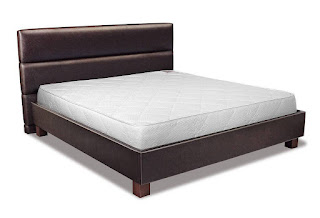Today's KNOWLEDGE Share:
In general, flexible PU foams that slowly return to their original state are called memory foam or LR (low resilience) foam.
To achieve this feature, the following should be considered.
1- Basic polyols: The correct choice of basic polyols is one of the most critical factors. At least two types of polyol should be used in this PU foam.
One of them should have a low OH value (20-30) and high Mw (6000-7000), and on the other hand, the second one should have a higher OH value (200-300) and lower Mw (500-800) to increase the recovery time. Also, you can use POP to adjust stiffness and flexibility.
2- Silicone/cell opener: PU memory foams have pneumatic properties. In order to create this feature, cell membranes do not have to be fully open, so air can flow in cells slowly.
3- Catalysts: as everyone knows, we need to balance gelling and blowing reactions in PU foams. In addition, air pressure should be controlled by catalysts.
4- Isocyanate: to synthesize PU memory foams, the isocyanate should be modified by 2 conventional base polyols like number 1.
5- Blowing agent: Water as a chemical blowing agent has an important role in viscoelastic properties. In this type of PU foam, water should not be high in the formula because the cells have not been large and fully open.
Source:Behzad Afrasan
Visit MY BLOG http://polymerguru.blogspot.com
#polymers #polyol #pufoams #blowingagent





No comments:
Post a Comment